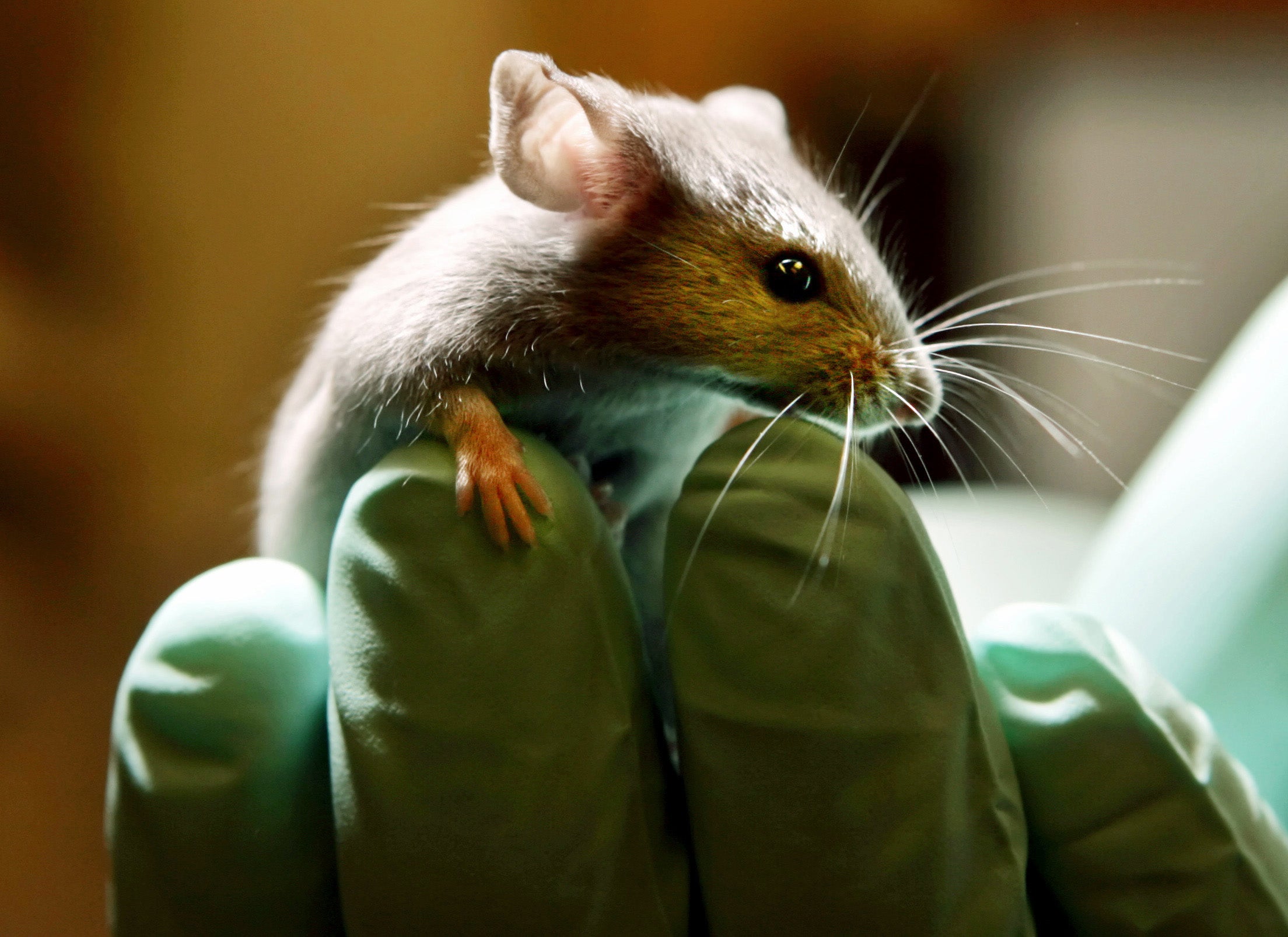National Pet Obesity Awareness Day, choosing the right food for your pet at each stage of life, and how Obessive-Compulsive Disorder affects pets. Plus, choosing the right dog for your family to avoid heartbreak.
Featured in this Show
-
Pets, Like People, Can Suffer From Compulsive Disorders
Most people have heard of obsessive-compulsive disorder (OCD) in humans — with symptoms that can include counting steps or items, being abnormally afraid of germs, or having phrases or gestures that are felt to have protective properties. But pets can also suffer from a similar ailment and just as is the case for people, it can impact their health and quality of life.
Dr. Sandi Sawchuk, a professor of veterinary medicine at the University of Wisconsin-Madison School of Veterinary Medicine, said that it’s a little different with animals because the “obsessive” part of OCD has to do with thoughts, and “they can’t tell us what they’re thinking,” she said. So, more commonly, veterinarians refer to it as “feline compulsive disorder” or “canine compulsive disorder.”
While there are some differences in how OCD is expressed in people and non-human animals, there are some basic anatomical similarities that are fascinating. Sawchuk refered to a recent study that looked at MRI scans of the brains of Doberman pinschers that had been diagnosed with compulsive disorders. Different breeds exhibit compulsions in different ways, and for Dobermans, it is often by “flank sucking.” Sawchuk said that they will “turn their heads, put their flank in their mouth, and just suck away.” They also spin in place, almost like chasing their tail, except that most Dobermans’ tails are docked.
When the Doberman MRIs were compared with brain scans of people with OCD, the same areas of the brain were affected. In addition, Sawchuk said that people with OCD often report that stress can exacerbate their symptoms, and the same seems to be true with animals. For example, stress brought on by an owner leaving a pet can lead to excessive licking of a part of their body, which Sawchuk characterizes as a form of self-mutilation.
The reaction can be less severe, but still troublesome for both the owner and the pet. Sawchuk reports that she recently saw a German Shepherd who chases his tail as a compulsion.
“It just goes into this frenzy of spinning out of control,” she said, “to the point where it hit its head on a bench.”
Even despite that impact, it shook itself, and then continued the behavior. All, she said, because it was nervous about being seen at the vet school.
On the feline side, Sawchuk said that there are a few common compulsions that she sees. Like dogs, cats will take part in over-grooming. One caution is to be sure that there is not an underlying medical condition causing it instead of compulsive disorder. Cats will also do what is referred to as “wool sucking.” It is not always wool that they chew on, but fabric in general. They will do it so much that they end up ingesting it, she said.
Sawchuk said that if the underlying stressor can be pinpointed, that can be a first step to getting the behavior under control. But for many animals, she said, especially those that are licking themselves to the point of injury.
“We’re looking at medical management,” she said. Since the same parts of the brain are directing this behavior, it might not be surprising that human medications for the same condition are often the veterinary choice as well. Fluoxetine, which is the generic form of Prozac, and other drugs that are antidepressants of the selective serotonin reuptake inhibitor class are frequently employed.
While circumstances can make matters worse, Sawchuk said that the disorder may be genetic, and it often runs in families. She points to the fact that she sees fewer mixed breed dogs than purebred animals suffering from compulsive disorders. That could indicate that when they have smaller populations of animals being bred, the traits tend to become more common.
The compulsive behaviors tend to emerge around puberty in animals, which is similar to humans. She advises that if someone notices a pet exhibiting those compulsions, it is responsible to not breed them and risk passing it on to another generation.
Episode Credits
- Larry Meiller Host
- Judith Siers-Poisson Producer
- Dr Sandra Sawchuk Guest
Wisconsin Public Radio, © Copyright 2024, Board of Regents of the University of Wisconsin System and Wisconsin Educational Communications Board.





